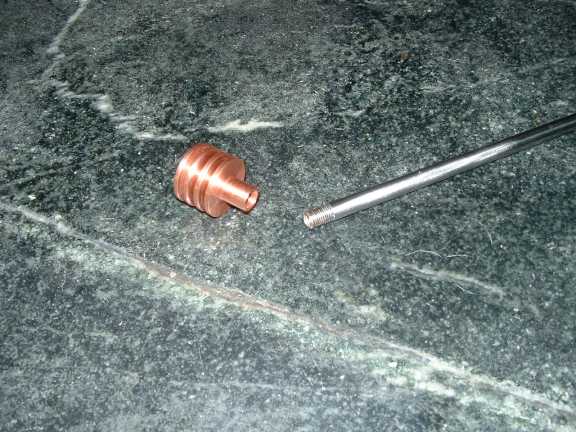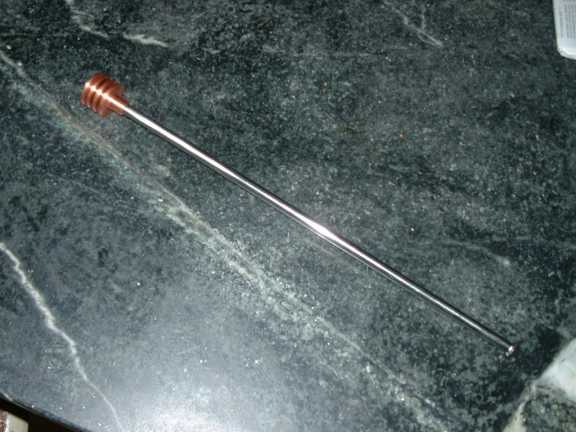- Joined
- Mar 12, 2007
- Messages
- 6,841
- Reaction score
- 858
I use a 16" thermowell in an direct heat electric MLT that comes down vertically from the top. The problem is the lag time between the actual mash temperature and what the probe inside the thermowell reads. My guess is that this is caused by the large amount of surface area on the thermowell that is exposed to the head space and not the actual mash.
There are two things that I'm thinking of trying to help. First is to cover the upper part of the thermowell with tubing to insulate it, and second, to put a heatsink over the bottom of the thermowell to increase its surface area within the mash.
Has anyone tried either of these or have other suggestions for decreasing the lag time? Is there a commericially available heatsink made for this purpose that will fit over the 3/8" OD of the thermowell?
There are two things that I'm thinking of trying to help. First is to cover the upper part of the thermowell with tubing to insulate it, and second, to put a heatsink over the bottom of the thermowell to increase its surface area within the mash.
Has anyone tried either of these or have other suggestions for decreasing the lag time? Is there a commericially available heatsink made for this purpose that will fit over the 3/8" OD of the thermowell?




































![Craft A Brew - Safale S-04 Dry Yeast - Fermentis - English Ale Dry Yeast - For English and American Ales and Hard Apple Ciders - Ingredients for Home Brewing - Beer Making Supplies - [1 Pack]](https://m.media-amazon.com/images/I/41fVGNh6JfL._SL500_.jpg)
























